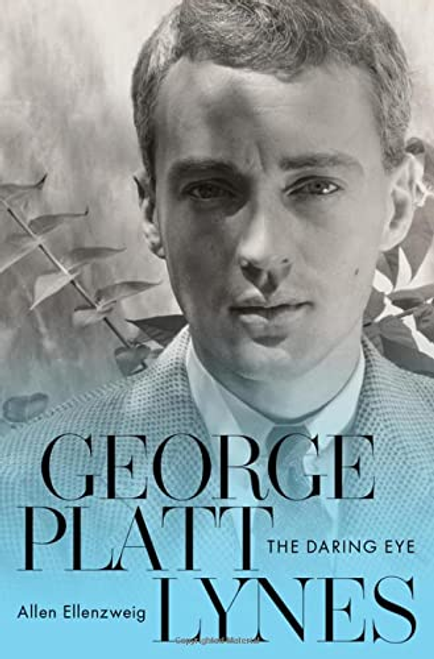Description Hide Description- Show Description+
George Platt Lynes: The Daring Eye is a life of the gregarious American portrait, dance, fashion, and male nude photographer whose career spanned the late 1920s to 1955.
From age 18, Lynes entered the cosmopolitan world of the American expatriate community in Paris when he became acquainted with the salon of Gertrude Stein and Alice B. Toklas. Intending to pursue a literary and small press publishing career, Lynes also began photographing authors like Stein, Jean Cocteau, André Gide, and Colette. Soon, he turned exclusively to photography, establishing himself as one of the premier fashion photographers in the Condé Nast stable, documenting the early ballets of George Balanchine, and pursuing his private obsession with seductive images of young male nudes almost never published in his time. Lynes's private life was as glamorous and theatrical as his images with their brilliant studio lighting and dramatic Surrealist set-ups. Barely out his teens, he met the publisher Monroe Wheeler who was already in a relationship with the emerging expatriate novelist Glenway Wescott.
The peripatetic threesome maintained a polyamorous connection that lasted some 15 years. Their New York apartment became a mecca for elegant cocktail and name-dropping dinner parties. Their ménage-à-trois complicates our understanding of the pre-Stonewall gay "closet." This biography, drawing upon intimate letters and an unpublished memoir of Lynes's life by his brother, writer and editor Russell Lynes, paints a portrait of the emerging influence of gays and lesbians in the visual, literary, and performing arts that defined transatlantic cosmopolitan culture and presaged later gay political activism.
Author: Allen Ellenweig
Hardback Published 10 February 2022 656 pages
"In 1927, Lynes had met a couple, Glenway Wescott and Monroe Wheeler, eventually a writer and an arts administrator (at the Museum of Modern Art in New York) respectively. .... The following year he joined them in the south of France. The relationship became triangular, though not equilaterally: poor Wescott was somewhat edged to one side, even though the three of them lived together for more than a decade. As Ellenzweig rightly comments, 'these three men designed a way of life that appears as inventively bohemian as the roundelay of London's Bloomsbury Group.' ... Both scholarly and gossipy, this book has a cast of hundreds ... but Ellenzweig marshals his material with a steady hand." ― Gregory Woods, Emeritus Professor of Gay & Lesbian Studies, Nottingham Trent University, UK, and author of Homintern: How Gay Culture Liberated the Modern World
"This book is rich in details about his life and the world that produced him. It is the sort of book that you can open to a random page and be caught by some detail that will have you racing to Google to learn more... For anybody looking to study or recreate gay life in the mid 20th century, this is a deluxe road map. "― Skot Armstrong, ArtilleryMag.com
